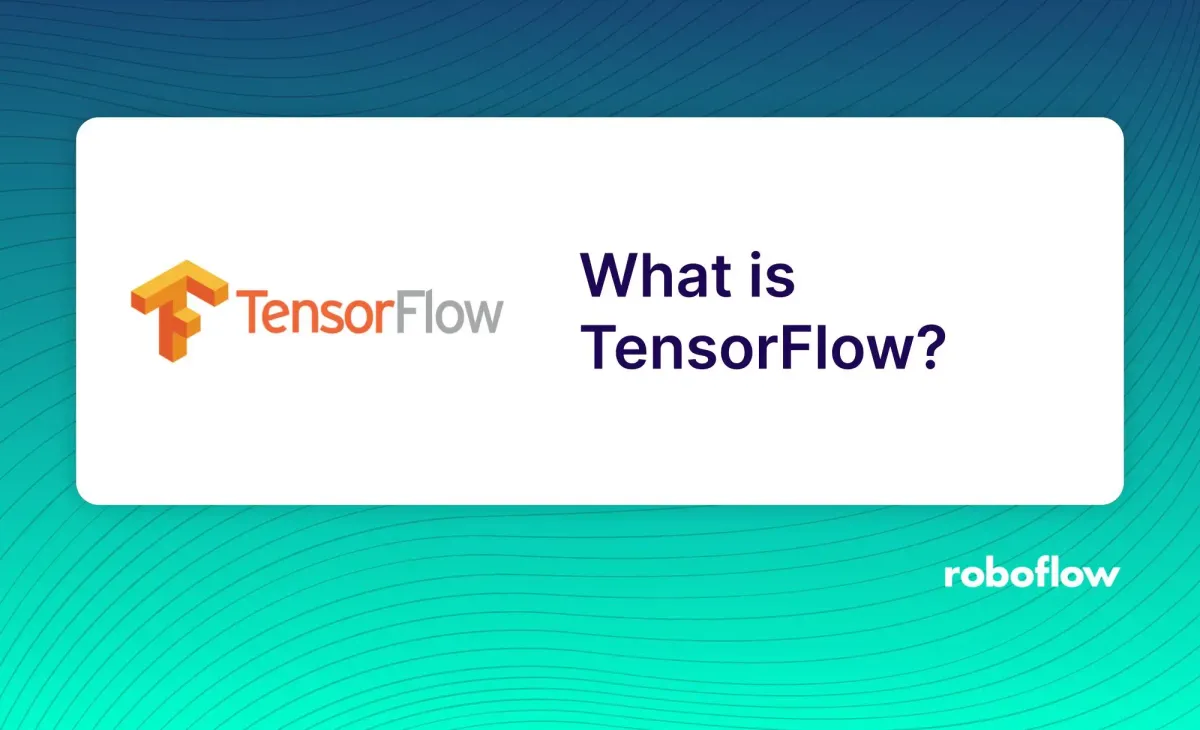
TensorFlow is Google's open source machine learning framework. They released it for the purposes of making it simpler and easier to implement machine learning models whether for natural language processing, computer vision, or deep neural networks.
Video explanation of TensorFlow
Advantages of Using TensorFlow
A benefit of using TensorFlow is the strong and active community around it. The basic building blocks for getting going with datasets and models are well explained in their guides and tutorials as well as many uses cases being brought to life on their blog, forum, and Youtube channel. All of these resources help users build and deploy applications for machine learning.
The TensorFlow library can be used to create models directly or by using wrapper libraries that simplify the process built on top of TensorFlow. Using Python (most common) or JavaScript, you can easily deploy in the cloud, on-prem, in the browser, or on an edge device no matter what language you use.
See how Roboflow uses TensorFlowjs to enable realtime inference via Javascript.
TensorFlow Examples and Guides for Computer Vision
To help you get started with TensorFlow, here are example guides using real data, multiple TensorFlow variations, different machine learning models, and various deployment types.
- Running Tensorflow JS on an NVIDIA Jetson
- How to Train a TensorFlow 2 Object Detection Model
- How to Train a Custom TensorFlow Lite Object Detection Model
- Training a TensorFlow Faster R-CNN Object Detection Model on a Custom Dataset
- Training a TensorFlow MobileNet Object Detection Model with a Custom Dataset
- How to Train a Custom Mobile Object Detection Model (with YOLOv4 Tiny and TensorFlow Lite)
Cite this Post
Use the following entry to cite this post in your research:
Trevor Lynn. (Jun 29, 2022). What is TensorFlow?. Roboflow Blog: https://blog.roboflow.com/what-is-tensorflow/
